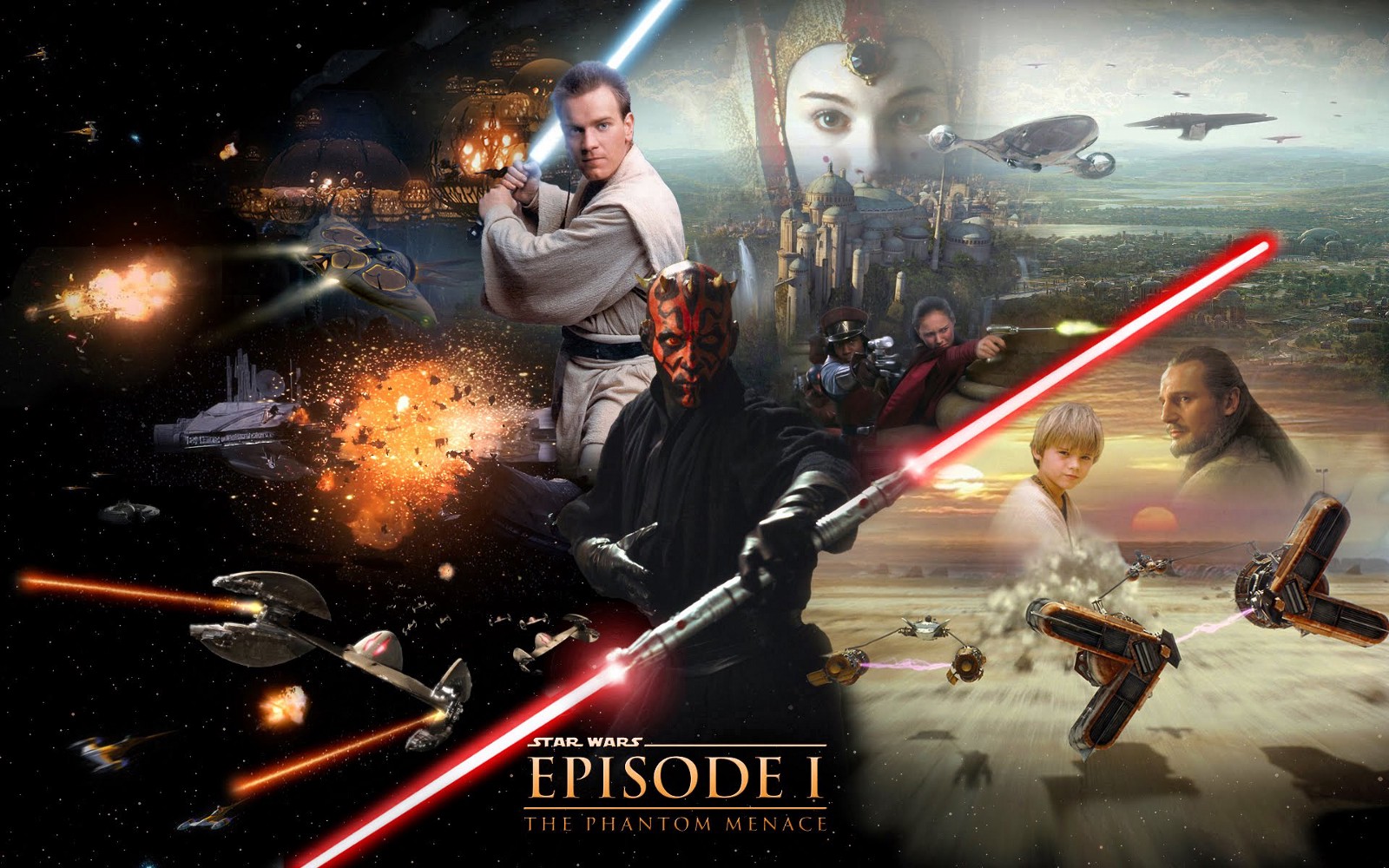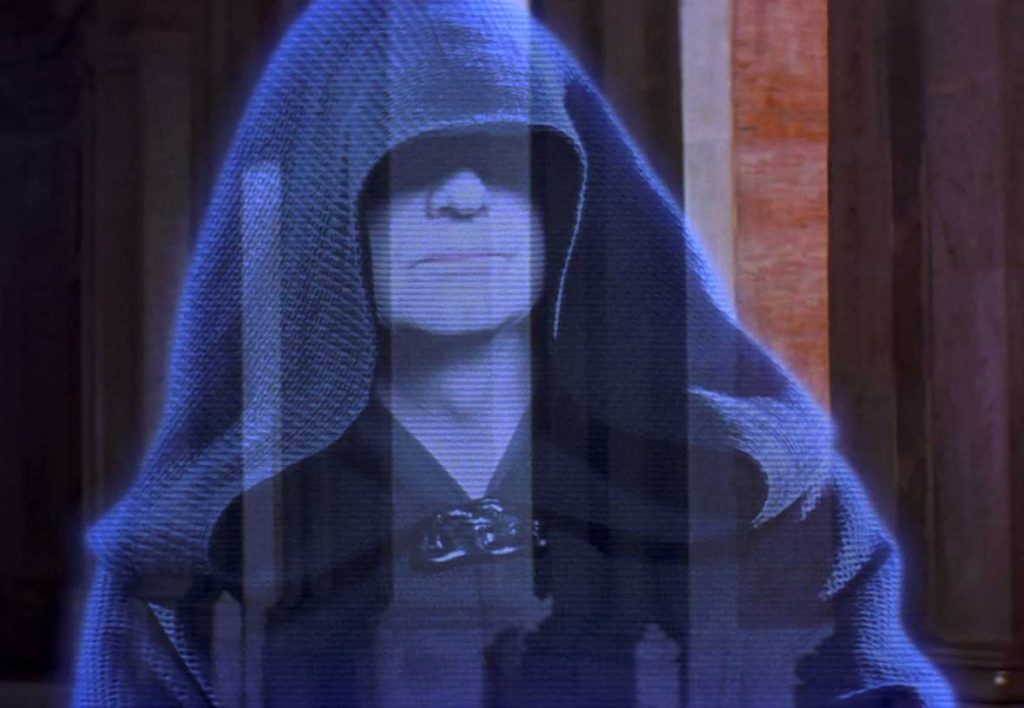
BLOG: Re-evaluating ‘The Phantom Menace’ 20 years later
May 19 marks the 20th anniversary of the release of “Star Wars Episode I: The Phantom Menace.” Released May 19, 1999, “The Phantom Menace” ushered in a new era of Star Wars as the new millennium began, inviting a whole new generation to become fans of the saga in a galaxy far far away, while also allowing the previous generation to once again immerse themselves in the franchise that defined, impacted and transformed their childhood.
But with it, came much more than that. As the franchise has shown, with every lightside comes a darkside, and one might argue that “The Phantom Menace” ultimately lived up to its title by being a menace to the franchise and ushering in a new era of prequel bashing, Star Wars hate and the franchise never being as highly regarded as its original trilogy.
In the months leading up to the release of “The Phantom Menace,” anticipation was high, with fans and average moviegoers being filled with excitement like never before. The public had long known of creator George Lucas’ plan to make the prequels, and with the release of the trailer, the public’s interest in the series was reignited. This spawned a whole new examination and interest in the franchise.
Today, it is not uncommon for pop culture critics and analysts to say that at the time, “The Phantom Menace” was without a doubt the most anticipated film of all time, with a kind of hype only matched now by the superhero and new Star Wars blockbusters that have defined the 2000s and 2010s.
The film was one whose hype in many ways foreshadowed such a thing, and by May 1999 fans were ready to receive the same swashbuckling fun they received from the original trilogy.
Then the film was released.

Despite being acclaimed by many for its special effects and score, “The Phantom Menace” was nowhere near well received as its predecessors, with many taking jabs at the screenplay, acting and certain characters.
But could it be that “The Phantom Menace” isn’t the mediocre or terrible film people have made it out to be? Is this film may be one of the most misunderstood films in recent cinematic history? Could it even be that the film was not as great as many hoped because its premise was so daunting that it would have been hard for anyone to write such a thing at the time?
On the surface, “Star Wars Episode I: The Phantom Menace” is about Qui-Gon Jinn and Obi-Wan Kenobi discovering Anakin Skywalker while attempting to resolve a conflict taking place on the planet Naboo.
But is this really how we are supposed to look at the film? Let’s stop and look at the title first. It’s a shock and disappointment that even today, 20 years later, many people still do not know the ‘phantom menace’ even is Darth Sidious a.k.a Palpatine.

When one takes the title into consideration, one realizes that this is not a typical Star Wars film with an easy-to-follow good versus evil plot. While the entire Star Wars franchise is one about implications that require fans to read between the lines, “The Phantom Menace” is not about what one sees on screen but also what one does not see on screen. Otherwise, it would be called “The Visible Menace.”
Despite having multiple plot points at hand, “The Phantom Menace” is a film about a magnitude of characters and events being manipulated by an unseen menace a.k.a Palpatine. The entire prequel series as a whole, while being about Anakin, Obi-Wan and the rise of Darth Vader, is also about the steps Palpatine takes to create his empire and fulfill his plan to rule the galaxy. With this in mind, one realizes from a certain point of view Darth Maul is not the main antagonist of the film but rather Sidious is.
When considering this, one can see how audiences in 1999 were being treated to a film with an unseen villain and a story about an unseen force manipulating characters together and multiple events. What kind of film before this one had done, or even attempted, such a thing? This was a new and innovative kind of storytelling that had never been seen before in film.
Whether George Lucas consciously knew this or not, he had a daunting premise ahead of him, and on top of that, with him having to write his first Star Wars film in years and make it appeal to old and new audiences while also being his own personal artistic vision, it is an understatement to say George had one of the most daunting and intimidating tasks ahead of him in the nineties. Yet somehow, he was still able to make a film that tried something new, something many still do not see.
All this considered, it is easy to see why The Phantom Menace may have not been well executed, but we see that it was one of the most imaginative of its time that would have been difficult for anyone, and deserves more respect.
The plot itself of an unseen villain further shows Star Wars being one that reminds us of the politics of our world. Star Wars was always a series about politics and political intrigue. The original trilogy was about rebelling against an empire while the prequel trilogy was about showing how an empire came to be.
History has shown that empires rise out of confusion and conflict, and whether one is a conspiracy theorist or not, we see or at least suspect there are often secret players and forces at work, with some hiding in plain sight, masquerading as benevolent when they really have malevolent motives. Palpatine’s storyline in “The Phantom Menace” and the prequels as a whole represent this.
“The Phantom Menace” has forever left its mark in cinematic history and pop culture, and it’s likely the film will continue to be evaluated and debated on for years. But overall, we can see that this was a film that despite mixed reception, it was unique and innovative for its time, trying something new for its time in a film.
Is “The Phantom Menace” a perfect film? Certainly not. But it certainly seems to be misunderstood by many and deserving of more credit than it has gotten in these 20 years.
